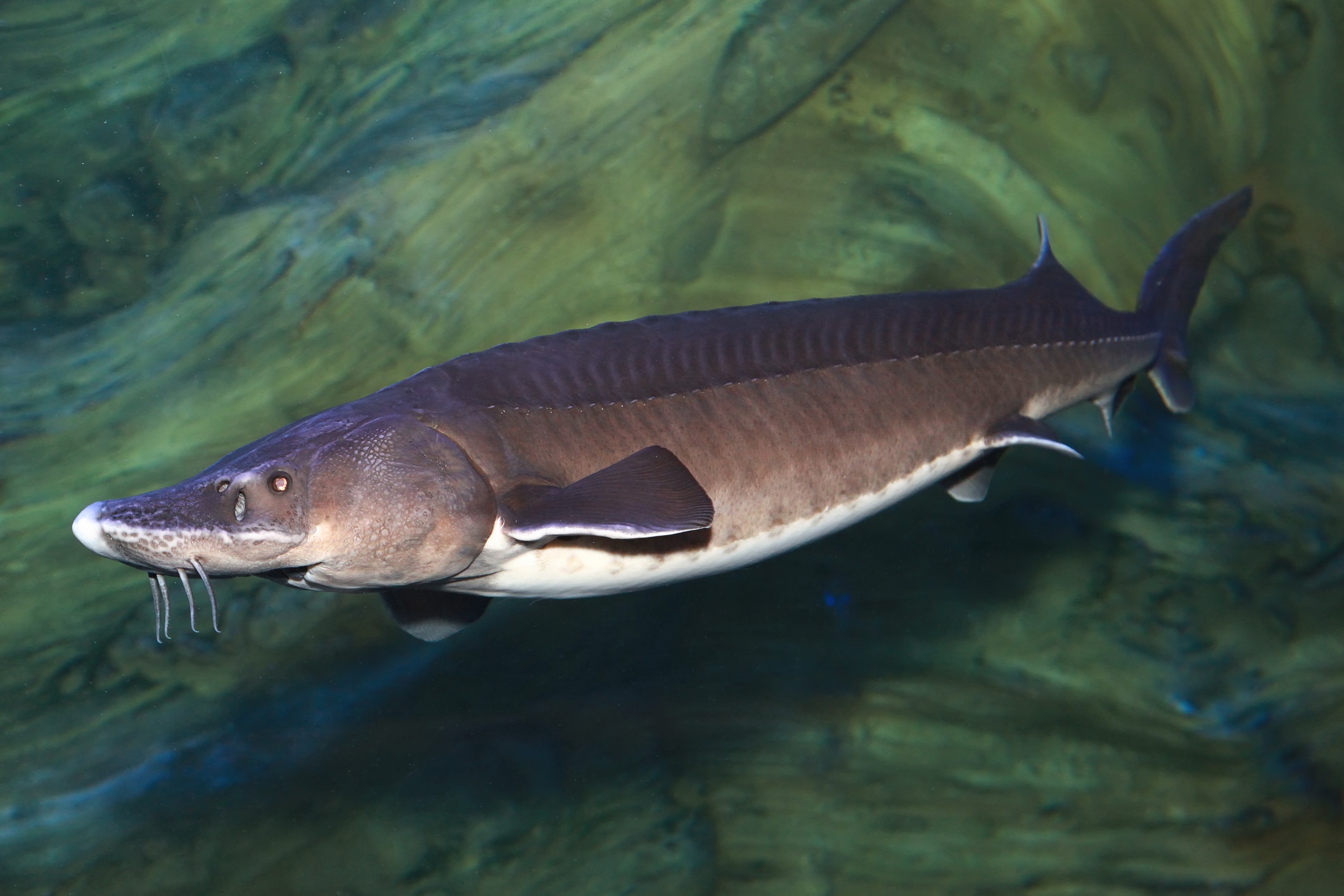Sweden celebrates the first-ever reintroduction of the Atlantic sturgeon in the Göta River, marking an exciting milestone in conservation efforts. With support from the European Wildlife Comeback Fund, this initiative aims to revive a species driven to regional extinction by overfishing and pollution in the mid-20th century.
The release of six juvenile Atlantic sturgeons took place in the Göta River near Bohus Fortress in Kungälv.
“We are thrilled about this unique opportunity,” stated Linnéa Jägrud, project leader for the “Return of the Sturgeon” initiative managed by the Swedish Anglers Association (Sportfiskarna). Jägrud emphasised that it is rare for regionally extinct species to be reintroduced in Sweden and expressed optimism that one day sturgeon will spawn in the Göta River once again.
The initiative plans to release a total of 100 juvenile sturgeons, each around 60cm in length and weighing about 1kg, over the next two weeks. These fish were translocated from a breeding facility in Born auf dem Darß, Germany.
The Göta River historically hosted spawning populations of Atlantic sturgeon. Overfishing and deteriorating water conditions led to the species’ extinction in the region by the early 1900s. Improved water quality and high biodiversity in the river system now provide a conducive environment for the reintroduction. Historic specimens at the Gothenburg Museum of Natural History corroborate the existence and spawning of Atlantic sturgeon in the river in the past.
Before their release, the juvenile sturgeons were kept in riverside pools to acclimatise to their new environment. These fish will eventually migrate from the river to the estuary and ultimately to the sea as they grow older.
The Atlantic sturgeon, also known as the Baltic sturgeon, is a notable species native to Europe and North America. Known for their significant size and lifespan—upwards of 4 metres in length and potentially living for over 90 years—these fish are considered keystone species. They play a crucial role in maintaining the health of aquatic ecosystems by disturbing riverbeds, enhancing oxygenation, and acting as hosts for other species such as lampreys and freshwater pearl mussels. Their presence is seen as an indicator of an ecosystem’s overall health.
Given their role in the ecosystem and the historical context, Atlantic sturgeons are considered ecological ambassadors for the Göta River. “The sturgeon can become a symbol for the overall health of the Göta River,” noted Jägrud.
This reintroduction effort is a collaborative project involving the University of Gothenburg, the Swedish University of Agricultural Sciences, the Gothenburg Museum of Natural History, and the German Leibniz-Institute for Freshwater Ecology and Inland Fisheries. The grant from the European Wildlife Comeback Fund has covered the costs associated with the translocation and tagging of the sturgeon.
Tracking and monitoring are vital components of this initiative. The juvenile sturgeons have been fitted with acoustic transmitters, allowing scientists to monitor their movements via the European Tracking Network. These efforts will inform future reintroductions and provide critical data on the behaviour of the sturgeon as they adapt to their new environment.
Looking ahead, the project aims to introduce more sturgeon into the Göta River annually. “I would like to release at least several thousand juveniles because there will be high mortality,” explained Jägrud. Establishing a rearing facility in Sweden could significantly enhance the chances of the sturgeon returning to spawn, cementing the Göta River as their home.
The decline of Atlantic sturgeon has been stark. While the species ranges from southern Canada to Florida, it has seen drastic reductions in numbers and is now considered vulnerable globally. A separate population existed in northern Europe, including the Baltic Sea region, but this group faced functional extinction in the latter half of the twentieth century due to overfishing, river modification, and pollution.
Protected under the EU Habitats Directive and other international agreements, efforts to reintroduce Atlantic sturgeon in Europe began in earnest in 1996. This Swedish endeavour is the latest chapter in a broader movement to bring back keystone species that can restore ecological balance.
The European Wildlife Comeback Fund, established in 2022, has already supported numerous reintroduction initiatives, seeking to revive the continent’s diverse wildlife by 2030.

